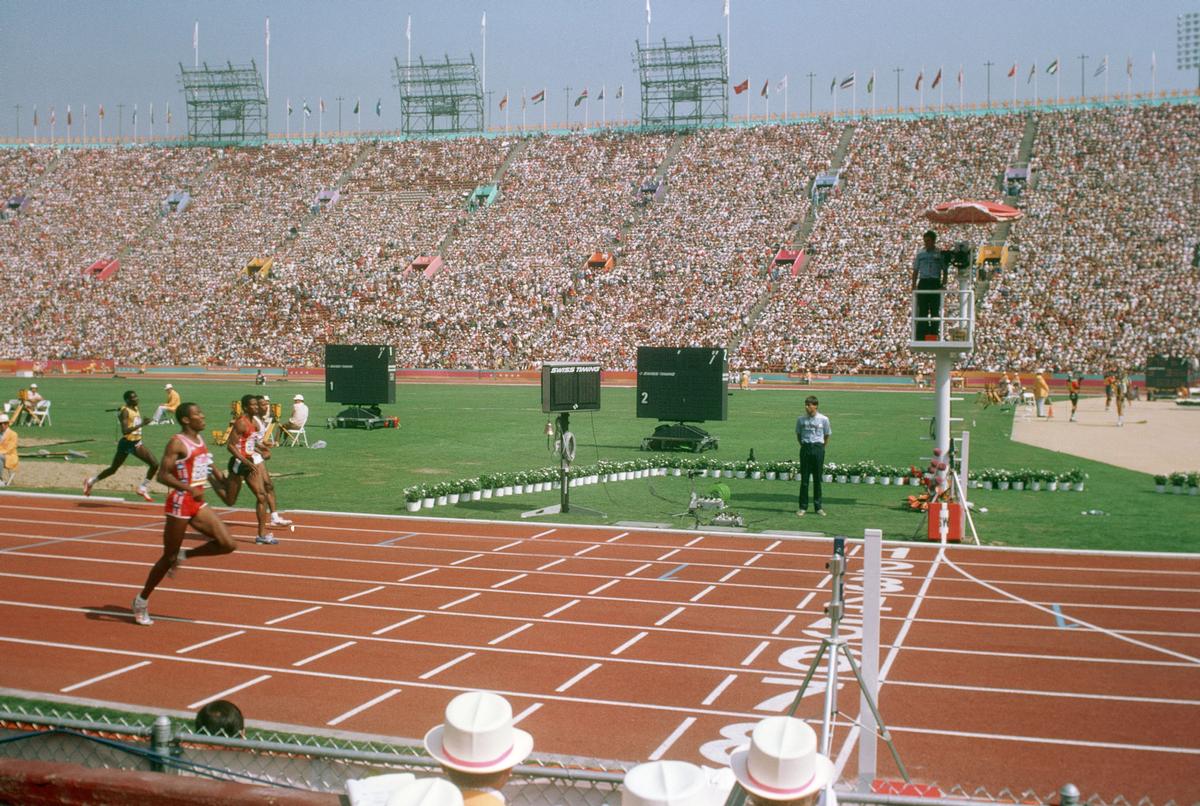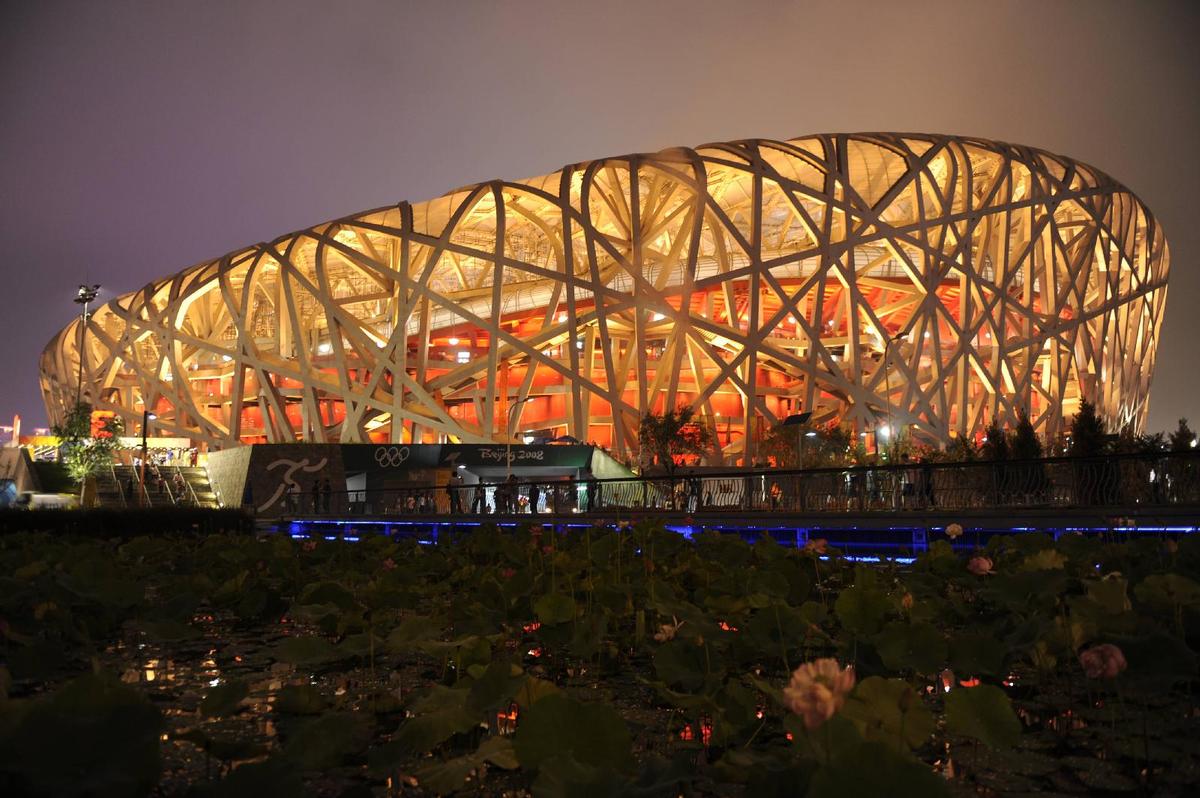see all jobs
Should Olympic stadiums be recognised with Unesco world heritage status?

Olympic stadiums and facilities should be protected with their own cultural heritage listing, a leading member of the International Association for Sport and Leisure Facilities (IAKS) has argued.
Speaking at the Olympic Museum’s new stadium design exhibition in Lausanne, Dr Miranda Kiuri, who is also an architect and researcher at the University of Liege, called on UNESCO to introduce a new listing category for stadiums that have a strong cultural, physical and sporting significance.
“It’s very important to recognise the cultural heritage profile and potential of Olympic stadiums and emblematic Olympic architecture,” she told Sports Management. “I’d like to see architects work together with the Olympic movement, experts, academics and Unesco to consider the creation of a special sporting heritage label.
“The terms ‘cultural heritage’ and ‘world cultural heritage’ come with a very high level of recognition. Heritage buildings have a place in the public memory and stir an emotion. This is true of Olympic stadiums, so they merit recognition and protection.
“For some stadiums you have to consider both their tangible and intangible heritage value. Every stadium can tell us an important and insightful story. For example, the Los Angeles stadium is maybe not the most beautiful, but it's very interesting that is was declared a national cultural heritage building to celebrate the second Olympics hosted in the city. As a rare stadium to host two Games, it has intangible value.”
Kiuri said if they were given a listing, it would be easier for the 25 existing Olympic stadiums to promote different programmes, both sporting and touristic, and to create network between them. “This would allow us to identify some common problems they experienced, such as with hosting opening and closing ceremonies, so we could learn for the future of stadium building,” she added. “A listings criteria could encourage more efficient and sustainable Olympic buildings in the future.”
Kiuri also argues that a Unesco listing would aid the preservation of historic stadiums and make sure that future renovations of old sports facilities are dealt with carefully and responsibly.
“At the moment there are some controversies about reconstruction,” she said. “For example, there was a lot of debate before the World Cup in Brazil about how to modernise the Maracanã Stadium and how to preserve its national cultural heritage. Eventually they maintained only the facade, but the roof and seating bowl was changed.
“If we start to promote cultural heritage programmes and a stadium listing, the process of making such modifications and renovations will be clearer.”
Kiuri is not alone in her campaign. A group of Japanese architects, including Fumihiko Maki and Kengo Kuma, recently began petitioning UNESCO to recognise the gymnasium building designed by Kenzo Tange for the 1964 Tokyo Olympics on its World Cultural Heritage list before the Games return to the city in 2020.
More News
- News by sector (all)
- All news
- Fitness
- Personal trainer
- Sport
- Spa
- Swimming
- Hospitality
- Entertainment & Gaming
- Commercial Leisure
- Property
- Architecture
- Design
- Tourism
- Travel
- Attractions
- Theme & Water Parks
- Arts & Culture
- Heritage & Museums
- Parks & Countryside
- Sales & Marketing
- Public Sector
- Training
- People
- Executive
- Apprenticeships
- Suppliers

















































